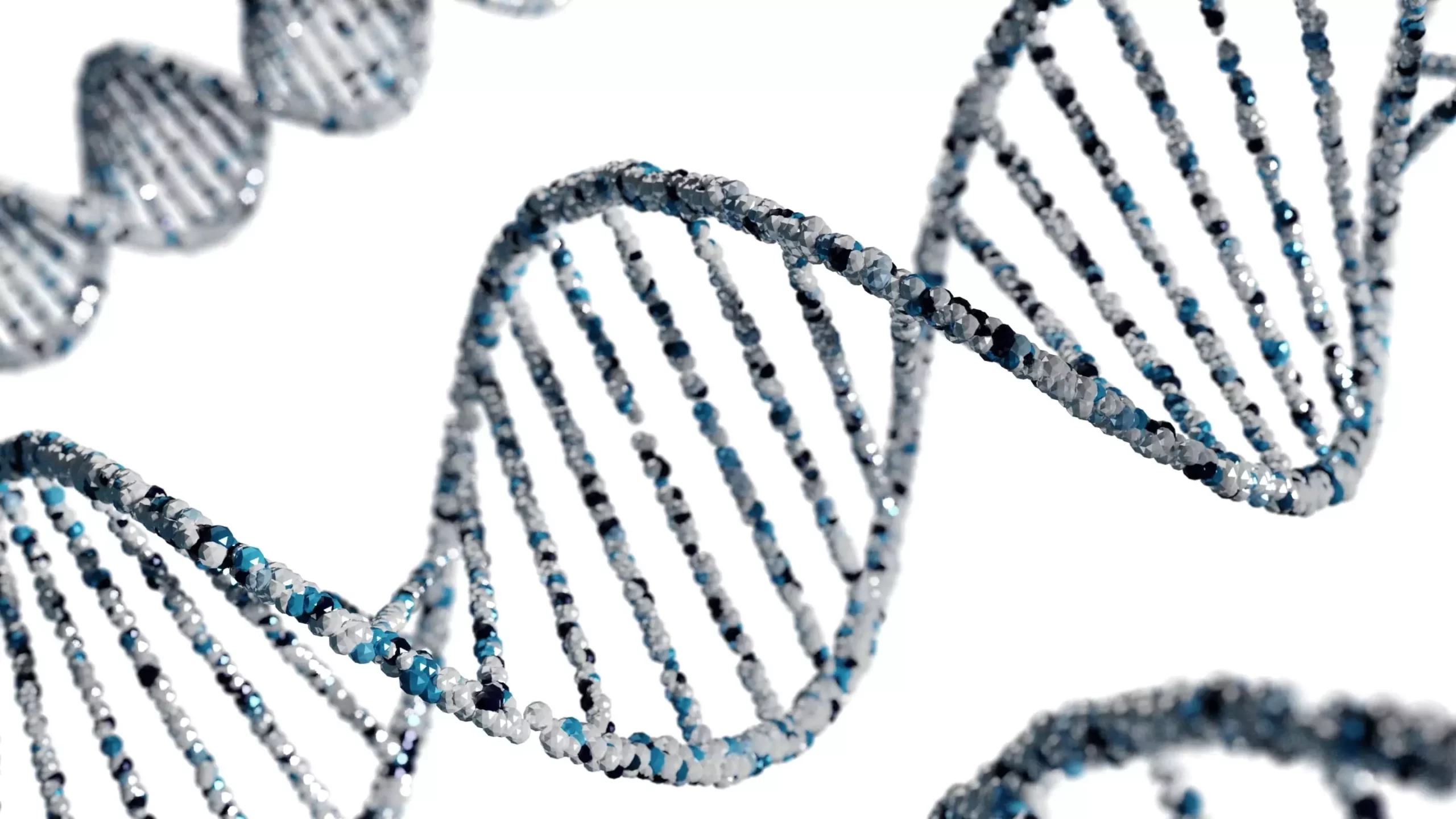The landscape of medical treatments has witnessed transformative changes over recent decades, emphasizing the development of sophisticated therapies. Innovations in personalized medicine, particularly in cancer therapy involving modified immune cells and advanced antibodies, have generated extensive interest in the medical community. Nonetheless, these treatments are often marred by complexity and exorbitant costs, limiting their widespread adoption. As a result, conventional medical approaches, primarily reliant on small chemical compounds, continue to dominate the market. These compounds are favored for their low production costs, but the search for innovative molecular therapies has been hindered by the inadequate number of active substances discernible through existing methodologies.
Emerging from collaborations between esteemed institutions like Harvard and ETH Zurich, DNA-Encoded Chemical Libraries (DEL) promise to shift the paradigm of molecular therapy development. Developed in the 2000s, DEL technology provides a robust framework capable of producing vast numbers of chemical compounds and assessing their efficacy simultaneously. Initially, this technique was constrained by its ability to synthesize only a limited variety of small molecules, derived from a handful of chemical building blocks. Recent advancements made by chemists at ETH Zurich, however, have radically expanded the potential of DEL technology, allowing for the production and analysis of billions of molecules within a relatively short time frame.
At the forefront of this advancement is Jörg Scheuermann, whose research team has refined the DEL methodology significantly. This new approach allows researchers not only to synthesize a broader range of compounds but also to produce larger drug molecules, including complex structures such as ring-shaped peptides. The implications of this advancement extend into clinical settings, where the first active substances developed through early DEL techniques are currently undergoing advanced trials. This evolution stands to greatly expand the scope of therapeutic possibilities, emphasizing the potential for DEL technology to serve as a linchpin in modern molecular therapy innovation.
At the heart of DEL technology lies combinatorial chemistry, a discipline aimed at creating a multitude of molecular variants from a set of fundamental building blocks. The power of DEL is derived from its ability to exponentially increase the number of diverse molecules with each synthesis cycle and the addition of varied building blocks. To streamline the identification of active compounds within this “molecular soup,” DEL technology employs a unique DNA fragment as a barcode for each synthesized molecule, thus enabling precise tracking of individual compounds during efficacy evaluations.
The reality of chemical interactions, however, presents challenges that can obfuscate these benefits. Variability in the effectiveness of chemical linkages between building blocks often results in impurities, diminishing the reliability of the DNA codes. Prior to ETH Zurich’s advancements, the manageable size of DEL libraries was typically restricted to a mere few million compounds, stemming from the limitations imposed by truncated molecular variants.
In a pivotal breakthrough, Scheuermann’s team introduced a self-purifying mechanism within DEL technology that effectively addresses contamination issues. This innovative method operates on two principal components: the coupling of synthesized molecules to easily manipulated magnetic particles, enhancing the washing process, and the addition of a specialized chemical coupling component that exclusively binds to the final building blocks. This purification not only eliminates truncated variants but also ensures that the resulting library comprises only complete molecules, thus maintaining the integrity of the DNA code.
The practical implementation of this method was fraught with difficulties, particularly in sourcing magnetic particles that do not interfere during the enzymatic attachment of DNA fragments. The arduous efforts from doctoral researchers within Scheuermann’s team proved invaluable in overcoming these hurdles, heralding a significant advancement in the realm of combinatorial chemistry.
The implications of this enhanced DEL technology go beyond mere pharmaceutical applications. Larger therapeutic molecules can now be synthesized, enabling exploration of bindings not only at active centers of proteins but also at other specific sites on the protein surface. This advancement not only carries significance for therapeutic interventions but also opens doors for fundamental biological research. The ability to identify molecules that bind selectively to protein surfaces facilitates in-depth studies of complex cellular processes.
Furthermore, initiatives like Target 2035, aimed at discovering molecules that can accurately bind to each of the approximately 20,000 human proteins, stand to gain significantly from the capabilities offered by enhanced DEL technology. As the ETH research team prepares to launch a spin-off company to commercialize these advancements, their work promises to streamline molecular discovery processes for both the pharmaceutical industry and broader scientific inquiry.
The intersection of modern technology with molecular therapy through the enhanced DEL methodology signifies a pivotal development in the ongoing quest for effective medical treatments. As industry and research communities express growing interest, particularly in cyclic molecules, the horizon appears promising for the development of novel and cost-effective therapies. Such innovations could redefine the landscape of drug discovery, paving the way for groundbreaking advancements in treating diseases that have long resisted effective medical solutions.


Leave a Reply